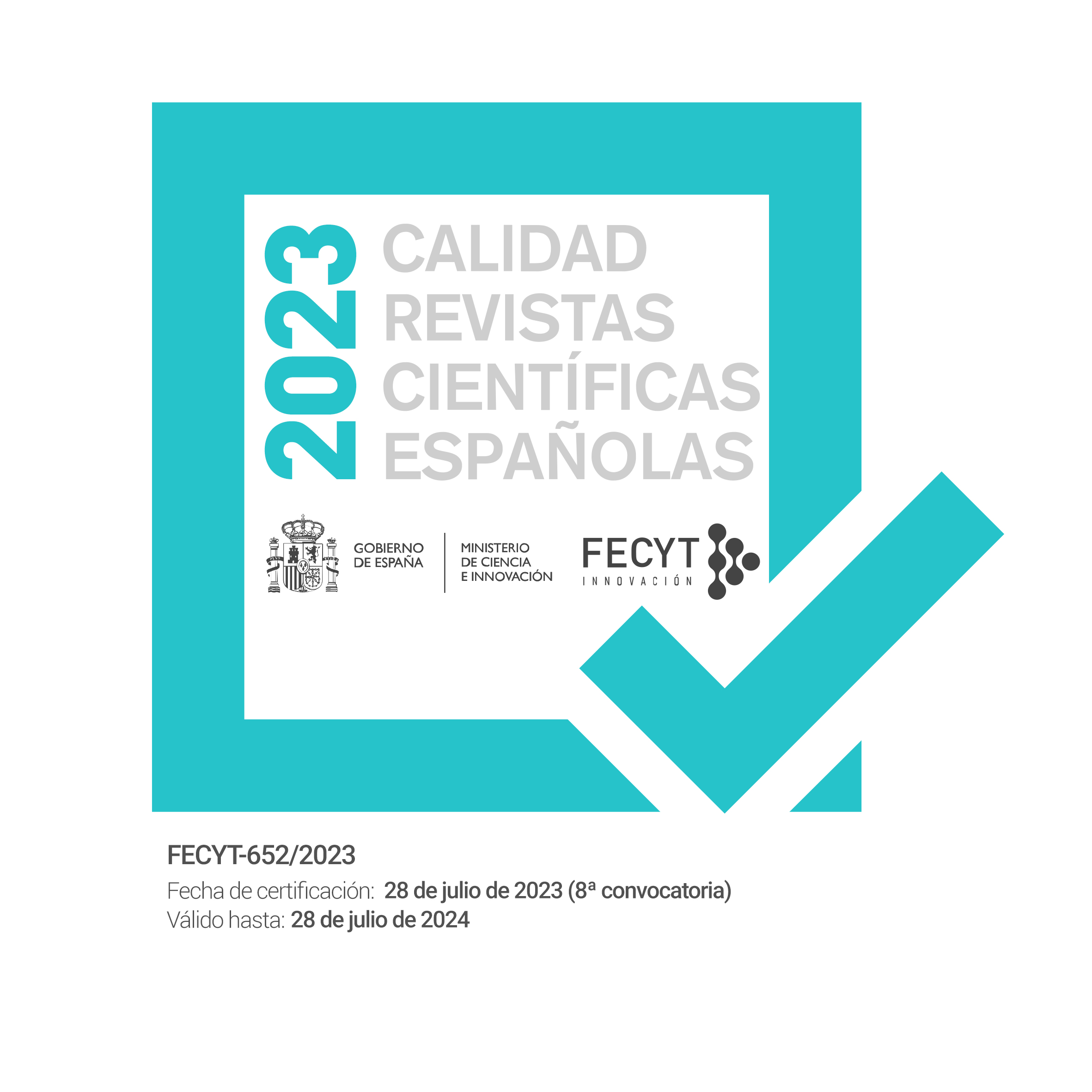Una contribución a la enseñanza del indicativo y del subjuntivo en ELE
Palabras clave:
indicativo, subjuntivo, alternancias de modo, funciones comunicativas, ELE.Resumen
Resumen. En este trabajo argumentaremos a favor de un meÌtodo particular para facilitar el aprendizaje del subjuntivo por parte de los alumnos de ELE. Nuestra propuesta es fundamentar la alternancia de modo sobre nociones pragmaÌticas y comunicativas, y, maÌs especiÌficamente, propondremos utilizar las nociones de asertividad y presuposicioÌn en un sentido muy proÌximo al de ciertas propuestas enmarcadas dentro de la lingüiÌstica funcional. Al apoyarnos en nociones comunicativas, este meÌtodo garantiza que las nociones empleadas son universales y no estaÌn sometidas a las idiosincrasias de las lenguas particulares; asimismo, dichas nociones son intuitivas para los estudiantes sin formacioÌn lingüiÌstica especializada. Dicho meÌtodo determina un tipo especiÌfico de actividad en el aula: los ejercicios habraÌn de estar orientados no al reconocimiento de piezas leÌxicas particulares, sino de nociones discursivas de nivel superior dentro del texto completo y del contexto comunicativo en el que tiene lugar la interaccioÌn lingüiÌstica.
Palabras clave: indicativo, subjuntivo, alternancias de modo, funciones comunicativas, ELE.
A contribution to the teaching of the indicative and subjunctive in ELE (Spanish as a Foreign Language)
Abstract. In this article we will argue for a particular method in the teaching of subjunctive to foreign students of Spanish. Our proposal is to base mood contrasts between indicative and subjunctive on pragmatic and communicative notions that have a clear effect on the formal properties of the language, and, more specifically, on the notions of assertivity and presuppositionality (Hopper and Thompson 1973). To the extent that the explanation is based on communicative notions, this method guarantees that the strategy can be used independently of the mother tongue of the students, as the pragmatic notions used here are universal; additionally, these concepts are intuitively understandable by students without formal training in grammar. The method proposed motivates a particular class of activities and exercises which focus on the identification of pragmatic notions and textual communicative aims, and not on the classification of specific lexical items.
Key-words: indicative, subjunctive, mood contrasts, communicative functions, Spanish as a Second Language.
Descargas
Publicado
Número
Sección
Licencia
Reconocimiento – No comercial (CC BY-NC). Bajo esta licencia el usuario puede copiar, distribuir y exhibir públicamente la obra y puede crear obras derivadas siempre y cuando estas nuevas creaciones reconozcan la autoría de la obra original y no sean utilizadas de manera comercial.
Los autores retienen todos sus derechos de publicación y copyright sin restricciones.








